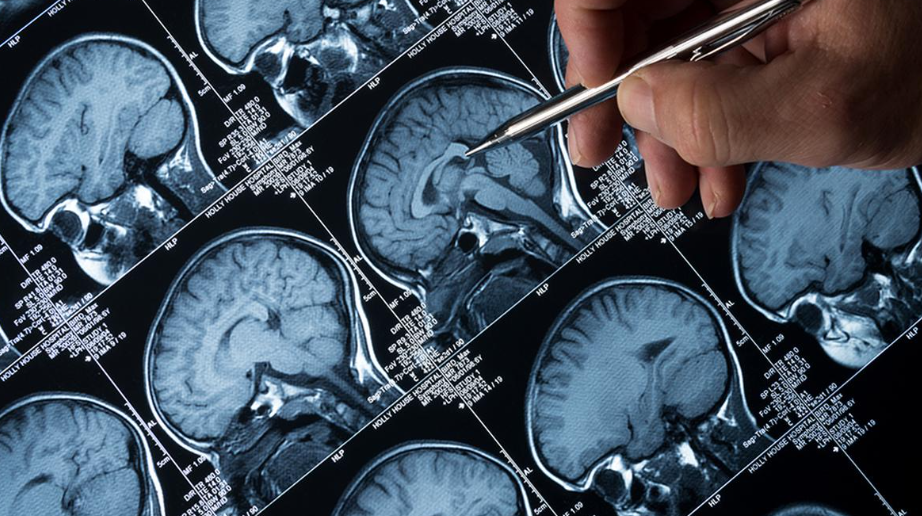Low-Cost MRI Machine Enhances Access to Diagnostics in India (GS Paper 3, Technology)

Introduction:
- Scientists have developed a groundbreaking magnetic resonance imaging (MRI) scanner that promises to revolutionize healthcare accessibility, particularly in low- and middle-income countries like India.
- This article explores the transformative potential of this innovative technology in expanding access to crucial diagnostic services.
The Significance of MRI:
- MRI technology enables detailed visualization of internal organs, aiding in the diagnosis and treatment of various medical conditions affecting the brain, heart, cancer, and orthopedic issues.
- However, traditional MRI machines are prohibitively expensive and require extensive infrastructure, limiting their availability in resource-constrained settings.
Cost-Effective Solution:
- A team led by Ed Wu at the University of Hong Kong has designed and constructed an MRI machine using low-strength magnets and readily available hardware, significantly reducing costs.
- Priced at approximately $22,000 (Rs 18.4 lakh), this simplified scanner eliminates the need for a shielded room or helium coolant, making it accessible even in standard healthcare facilities.
Enhanced Accessibility and Flexibility:
- The affordability and portability of low-cost MRI scanners hold immense potential for improving access to diagnostic services, particularly in remote or underserved regions.
- Moreover, their compatibility with standard power outlets allows for deployment in various healthcare settings, including emergency situations and accident sites.
Advantages and Considerations:
- Low-strength magnets mitigate the risk of metallic objects being drawn into the machine, enhancing safety in emergency scenarios.
- Additionally, they reduce image artifacts associated with implants or prosthetics, ensuring diagnostic accuracy.
- However, concerns regarding reduced image quality and limited access to specialized services highlight the need for a balanced approach to healthcare delivery.
Conclusion:
- In conclusion, the advent of low-cost MRI technology represents a significant step towards democratizing healthcare and addressing disparities in diagnostic services.
- While these innovations offer increased affordability and accessibility, careful consideration of their limitations is essential to ensure the delivery of accurate and reliable healthcare outcomes.
- By striking a balance between cost-effectiveness and diagnostic accuracy, low-cost MRI machines have the potential to transform healthcare delivery paradigms and improve patient outcomes in India and beyond.


